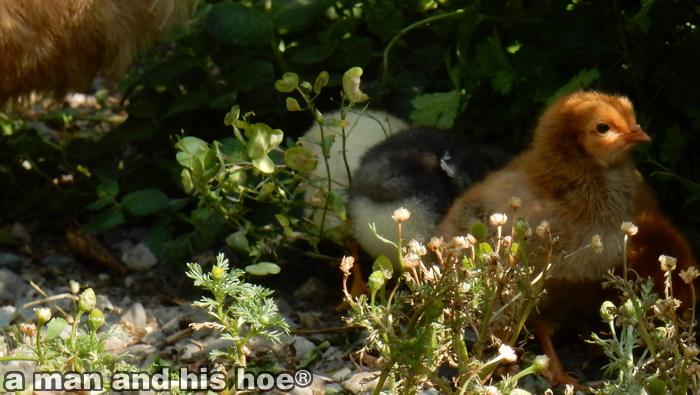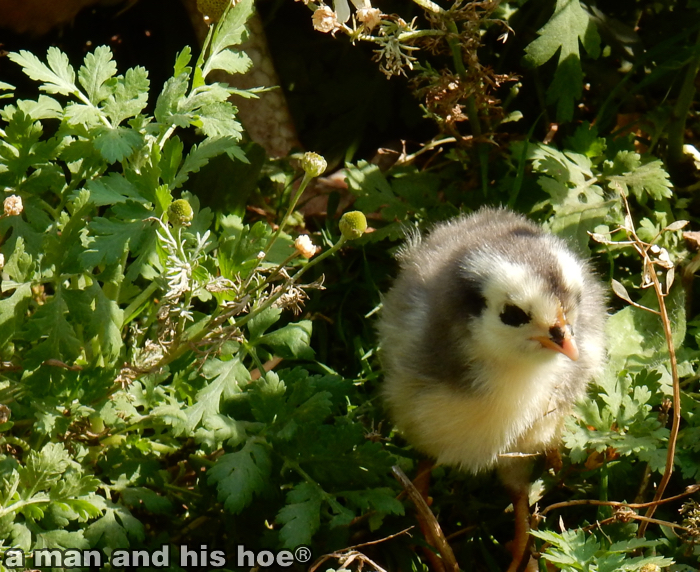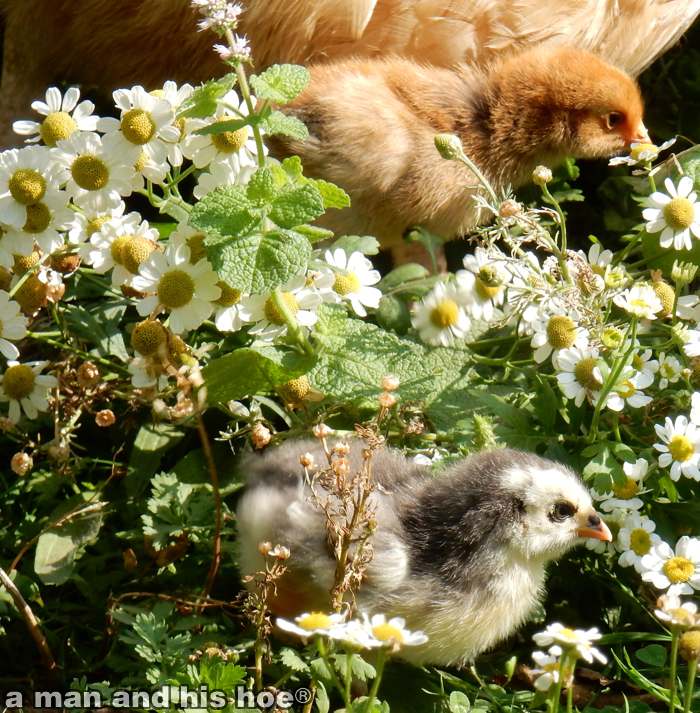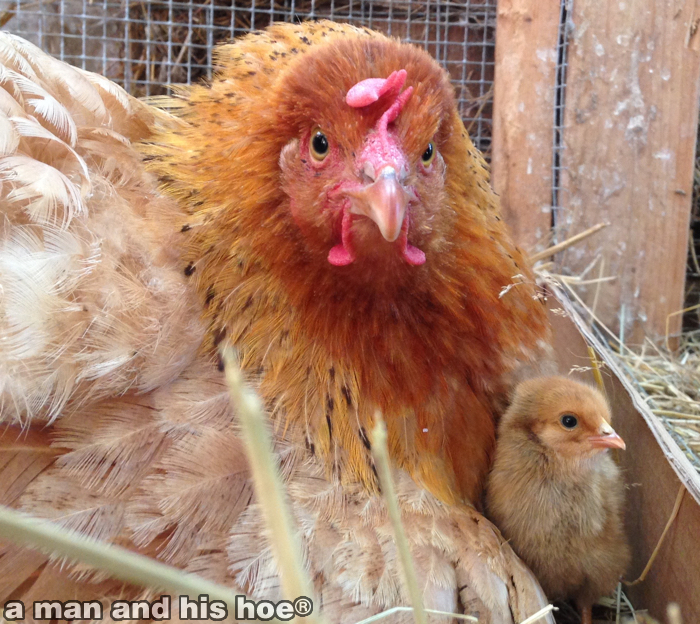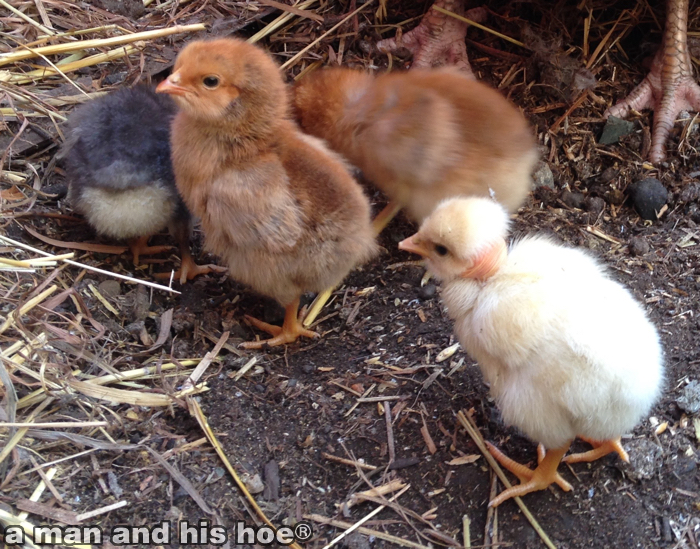
Cattails in bloom are a sign of late summer. The female flowers form the dark brown, spongy tails. The male flowers are on the spike above. In the spring when the tails turn to fluff, birds use the fluff to line their nests. Next year, this cattail may provide a soft bed for baby birds. Will a migrating bird fly through here this fall and decide to come back to this spot to make her nest on account of the cattails?

Forming cabbage heads are another sign of late summer. These are filderkraut, the pointy cabbage of Germany. These cabbage are so good when eaten fresh out of the garden. A few more weeks and they will be ready for picking. There are just a few market days left at Bow Little Market this season. Do I take some to sell in September, or keep them all for myself?


Sunflower’s chicks are enjoying this late summer day. Born two and three days ago, they are full of curiosity and have already learned that when their mother scratches the dirt, good things to eat appear. While taking these pictures, I saw her knock bugs out of the flowers for her chicks to pick off the ground. Mother hens are constantly thinking about their chicks.
